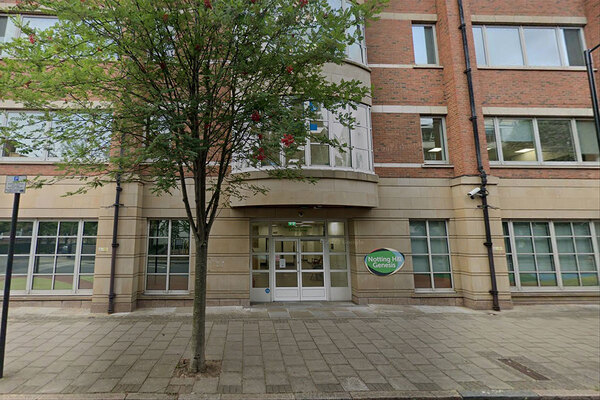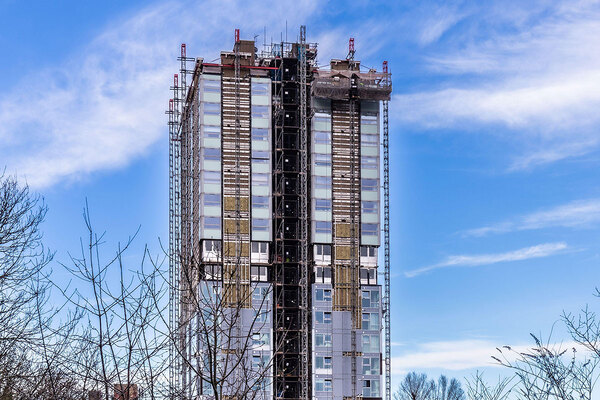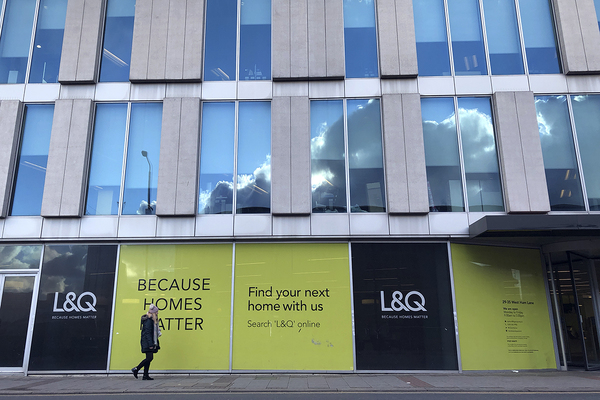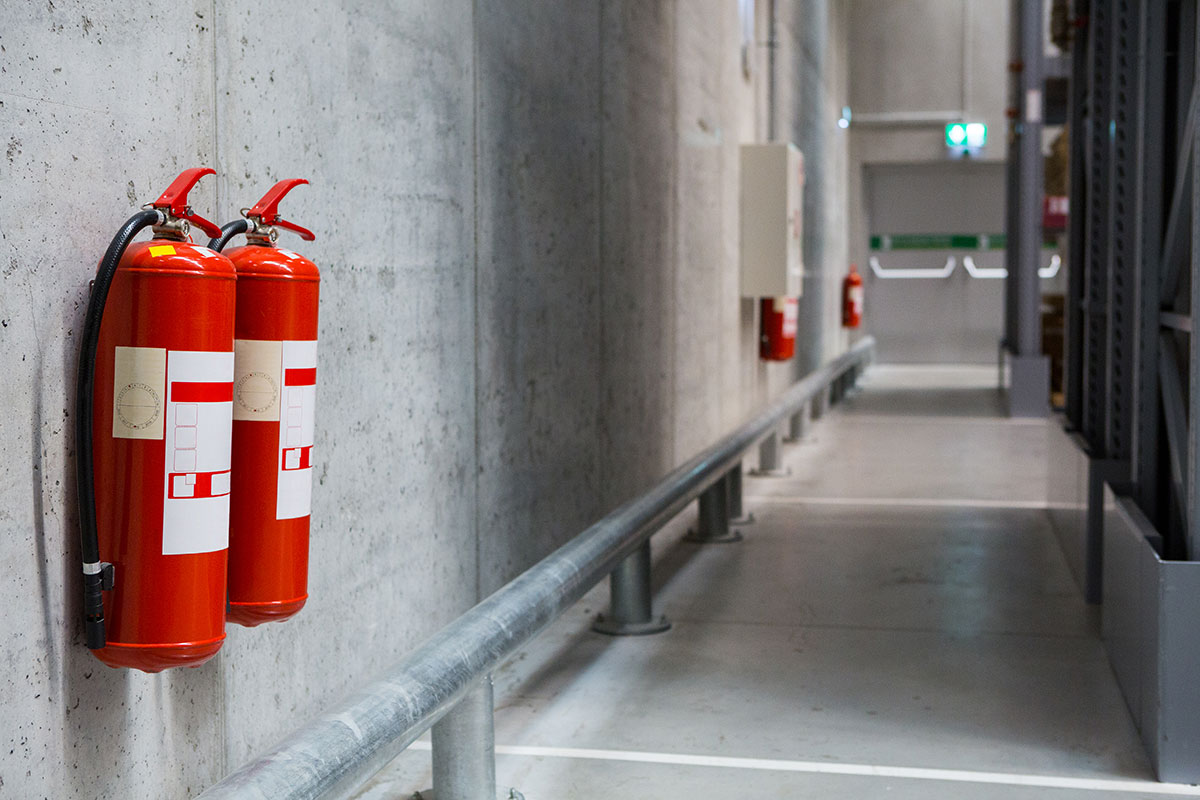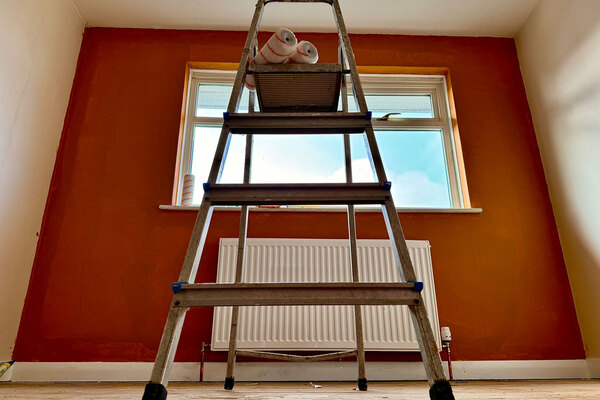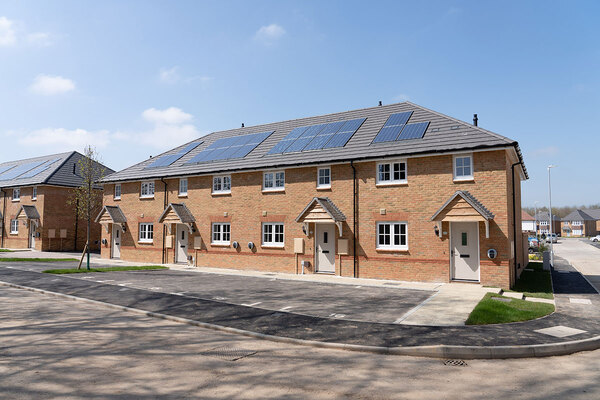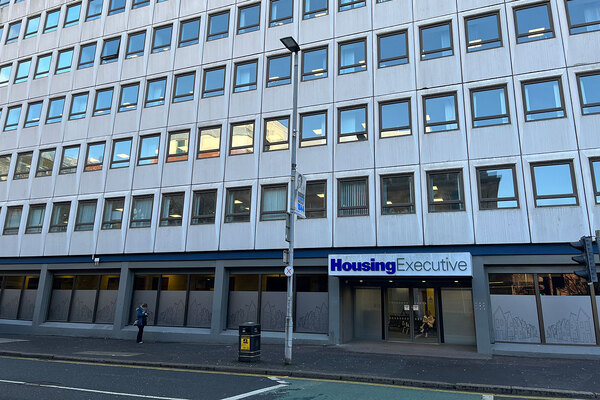You are viewing 1 of your 1 free articles
Five MPs call for fraud investigation and inquiry over EWS1 failures
Five MPs have called for an urgent fraud investigation and independent inquiry over the “systemic failures” of the External Wall System 1 (EWS1) assessment process, which they say has left thousands of leaseholders in financial limbo.

The Liberal Democrat MPs have tabled an early-day motion in the House of Commons, expressing “deep concern over the systemic failures of the EWS1 assessment process”.
The motion is submitted for debate in parliamentary time for which no day has been fixed.
It highlighted earlier reports that fire assessor Adam Kiziak, owner of Tri Fire Ltd, has been sanctioned by trade body the Institution of Fire Engineers (IFE).
Mr Kiziak was suspended from the IFE last summer for failing to hold adequate professional indemnity insurance, having “undisclosed prohibitive exclusions”, failing to meet professional competency standards and breaching the ethics code regarding accuracy and diligence, the MPs said.
The motion also noted that major lenders – including Nationwide, NatWest and HSBC – are now refusing Mr Kiziak’s assessments, “blocking property sales and causing financial distress”.
Mr Kiziak has promised to work with any organisations that have concerns about its work.
It was revealed last month that Nationwide had paused lending on buildings signed off by the fire assessor “without further information”.
Inside Housing also spoke to a leaseholder whose building completed a four-year cladding remediation project last year, who said she is again unable to sell her home because it was signed off as safe by Mr Kiziak.
Highlighting the case of affected residents in Surrey Heath and the “broader national implications of this scandal”, the MPs called on the government to launch an “urgent fraud investigation”.
The MPs also called for ministers to convene an emergency meeting with industry stakeholders to restore confidence in EWS1 assessments and commission an independent inquiry into regulatory failures.
Finally, they urged for “immediate action to protect leaseholders from further injustice”.
The MPs sponsoring the motion are Dr Al Pinkerton, Christine Jardine, Jess Brown-Fuller, Martin Wrigley and Zoe Franklin.
Dr Pinkerton, MP for Surrey Heath, has urged residents to check the details of their safety certificates and get in touch if they have an EWS1 form completed by Mr Kiziak.
Another Lib Dem MP, Will Forster, has submitted a written question to the Ministry of Housing, Communities and Local Government to ask what steps it is taking to tackle “fraudulent EWS1 forms” and support affected homeowners.
Building safety minister Alex Norris replied this month. He said the department “takes seriously any claims of fraud” and would advise evidence of any such concerns should be notified to the relevant professional body and the Royal Institution of Chartered Surveyors (RICS), for investigation and to take any appropriate action.
Mr Norris noted that EWS1s are “not a legal or regulatory requirement”. Their use is “a commercial decision by mortgage lenders and subject to their individual lending criteria”, he said.
He added that the absence of a correctly completed EWS1 “should not be a blocker to mortgage lending” where a leaseholder can provide “alternative evidence of the safety of their building”, or that the building is in a remediation scheme.
This includes where a leaseholder qualifies for the leaseholder protections in the Building Safety Act.
Mr Norris added: “We are working closely with the RICS, UK Finance and the lending industry to ensure the market continues to function for leaseholders in properties with building safety issues.
“Leaseholders should contact the building owner or person responsible for fire safety if they have concerns about the fire safety of their building.”
A RICS spokesperson told Inside Housing: “We are aware of consumer issues relating to Adam Kiziak, who has been expelled from IFE. We are glad that action has been taken on the allegations raised, and have sympathy for those affected.
“RICS recommends that any consumers with concerns should contact IFE, and where appropriate appoint an independent regulated professional for advice on their EWS1 forms.”
They continued: “We are urgently consulting with industry on the circumstances that led to this situation, to understand whether there is further action that needs to be taken, although it should be noted that we do not have evidence of a systematic failure. RICS members providing advice involving buildings with an EWS1 form signed by Adam Kiziak/Tri Fire are recommended to seek lender/client instructions as to how to proceed.”
Mr Kiziak and the IFE were approached for comment on the motion.
EWS1 forms were introduced by RICS after the 2017 Grenfell Tower, fire which killed 72 people. They confirm the safety of external wall systems in apartment blocks.
Set up to try to unstick the flat sale market, the form required all buildings above 18 metres to be checked by qualified professionals to see if dangerous cladding was present. If not present, the building would get a clean bill of health and banks would provide mortgages.
If it did have these materials, leaseholders would be trapped until remediation work removed the cladding. The forms were later expanded to cover thousands more buildings of lower heights.
Sign up for our fire safety newsletter
Already have an account? Click here to manage your newsletters
